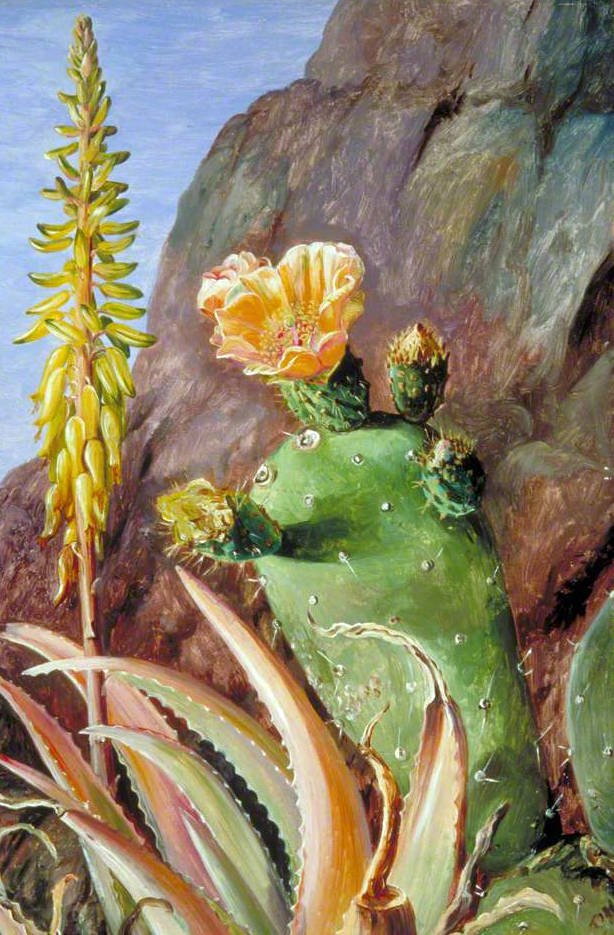When embarking on the adventure of planting and caring for a garden, one of the key aspects to consider is the moisture needs of your plants. It’s like understanding a secret language that helps your garden thrive. Let’s dive into what these moisture needs mean and how you can become a pro at deciphering them.
The Spectrum of Moisture: From Dry to Water
- Dry: Imagine a cactus standing tall and vibrant in the desert despite the blazing sun. This resilience is what dry-moisture plants bring to your garden. They are the champions of drought tolerance, often sporting deep roots or succulent leaves to conserve every drop of water. They thrive when watered sparingly – think once every two weeks, letting the soil dry out completely between waterings.
- Moist: Now, picture a lush, green forest after a gentle rain. Plants with moist moisture requirements are the heart of such vibrant landscapes. They cherish a consistent touch of moisture without the drama of waterlogged roots. Water these friends regularly to moisten the soil, ensuring they have well-drained soil to prevent soggy situations.
- Wet: Imagine the serene beauty of a marshland, with plants bathing in sunlight while their roots wade in water. Plants that love wet conditions are all about embracing abundance, thriving in consistently moist soil or even a bit soggy. They’re the ones who would be okay with it if you forgot to turn off the water for a bit.
- Water: Now, let’s dive into a pond where aquatic plants flutter gently under the water’s surface. Water plants are the true Aquarians, needing to be submerged or floating freely. They require a permanent ticket to the water world, making them unique in the plant kingdom.
Ensuring the Right Moisture: The Role of Well-Drained Soil
Well-drained soil is like the perfect bed for your plants: it’s comfy, has just the right amount of moisture, and lets them breathe. It’s crucial for preventing water from throwing a pool party around your plant’s roots, which can lead to trouble. Here’s why well-drained soil is a game-changer:
- Water Drainage: It’s all about balance. Well-drained soil lets excess water say goodbye quickly, keeping roots moist but not in a puddle.
- Aeration: This soil can keep the air flowing, ensuring roots get the oxygen they need for a healthy life.
- Preventing Waterlogging: Standing water is a no-go. It can suffocate roots, turning your garden dreams into nightmares.
- Suitability for Various Plants: Whether your plant is a desert dweller or a moisture lover, well-drained soil helps maintain the perfect moisture level for many plants.

Marianne North Royal Botanical Gardens, Kew, U.K
Pro Tips for Garden Success
- Know Your Plants: Each plant comes with its moisture mantra. Understand whether it’s a dry, moist, wet, or water lover.
- Check the Soil: Before watering, feel the soil. This hands-on approach will tell you if your plant is thirsty or good for now.
- Well-Drained Wisdom: If your garden’s soil is more clay than cake, consider adding organic matter to improve drainage or opting for raised beds to keep those roots happy.
- Observe and Adapt: Your garden will whisper what it needs. Watch your plants’ responses to watering and adjust as needed.
Understanding and catering to your plants’ moisture needs will set the stage for a garden that survives and thrives. Happy gardening!
You may also be interested in Plant Habits, Plant Habitats, Plant range and Soil Needs
